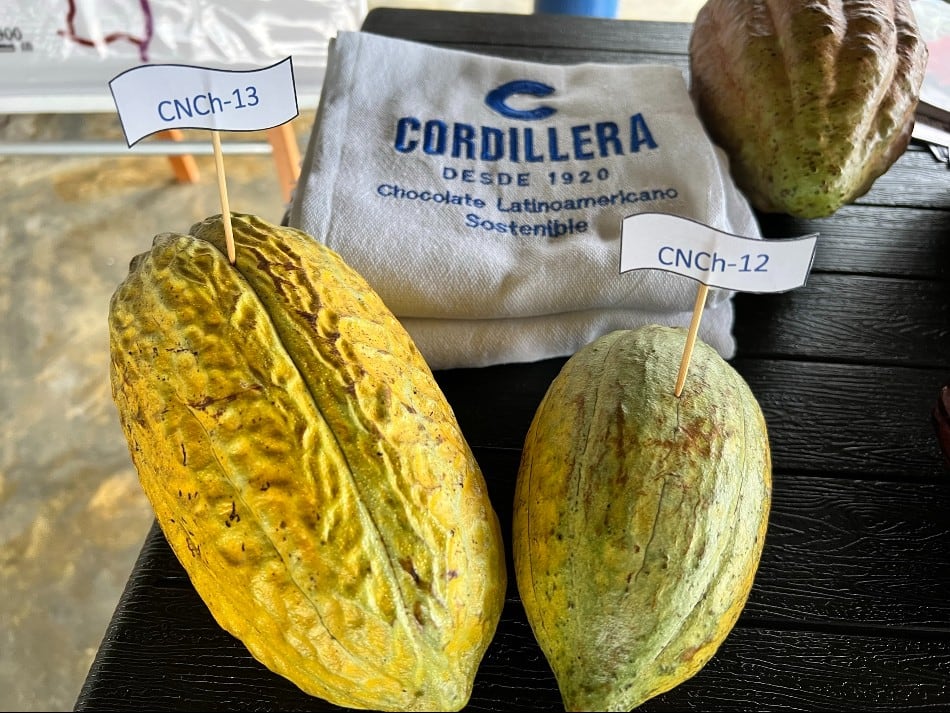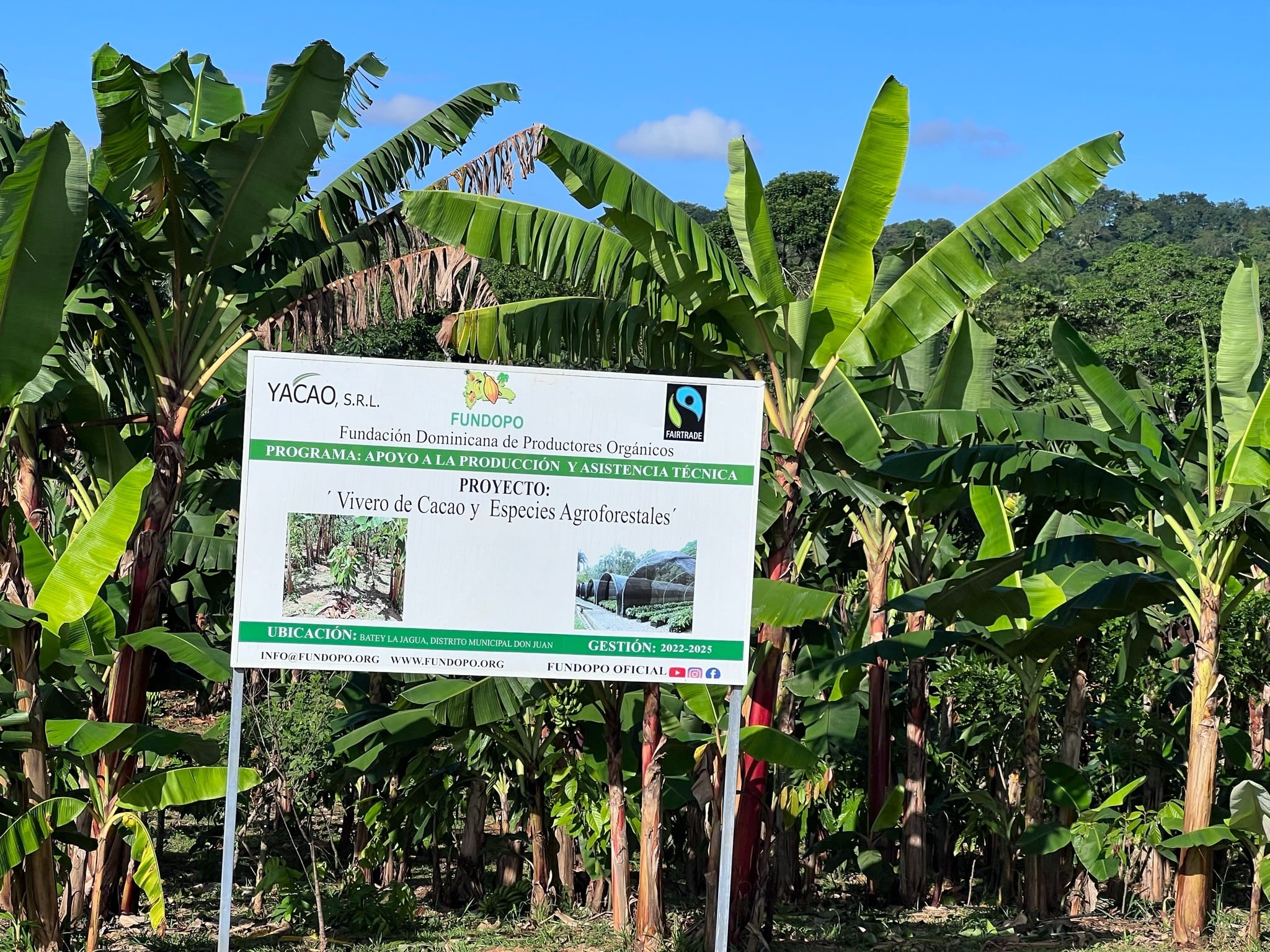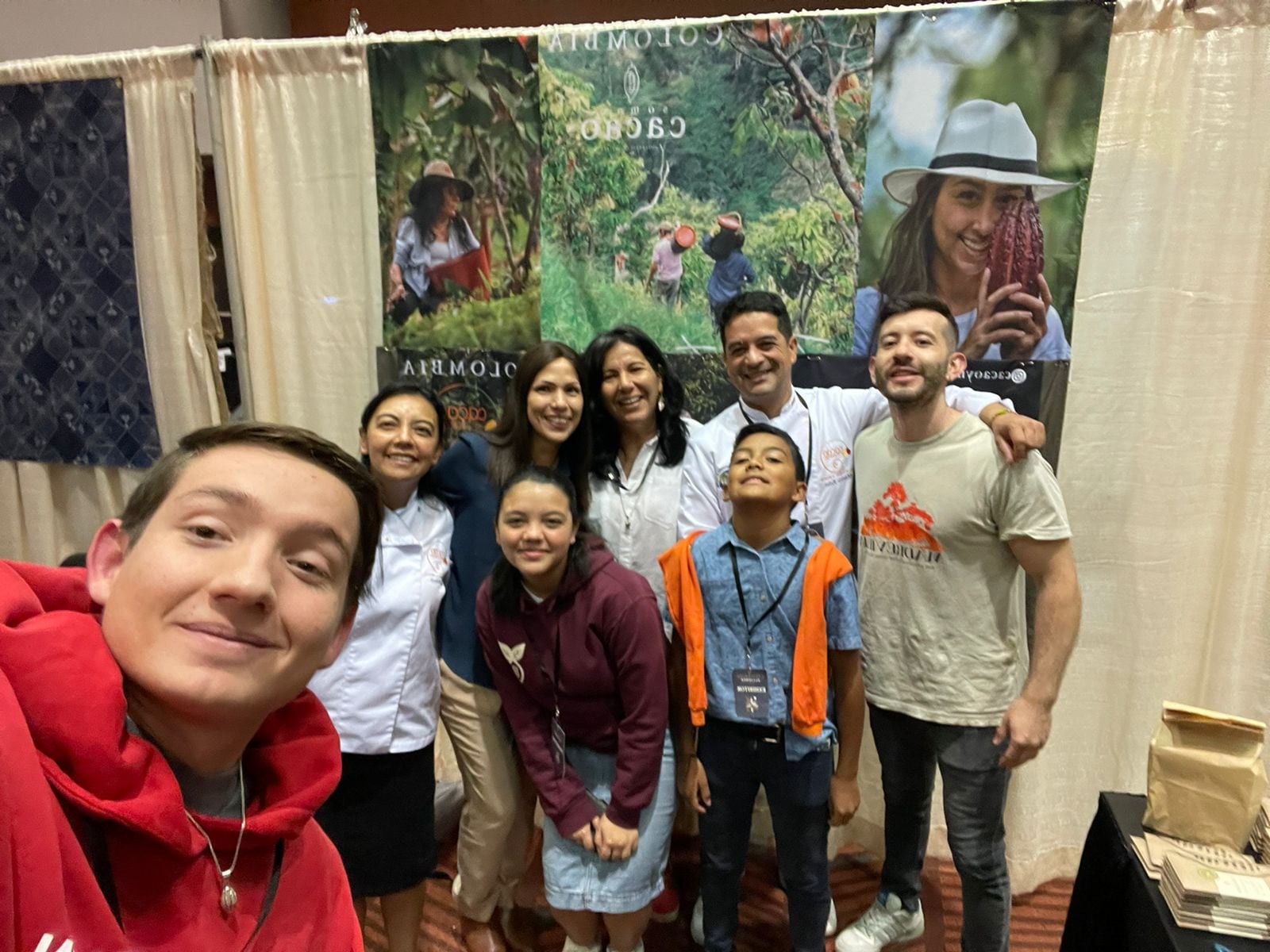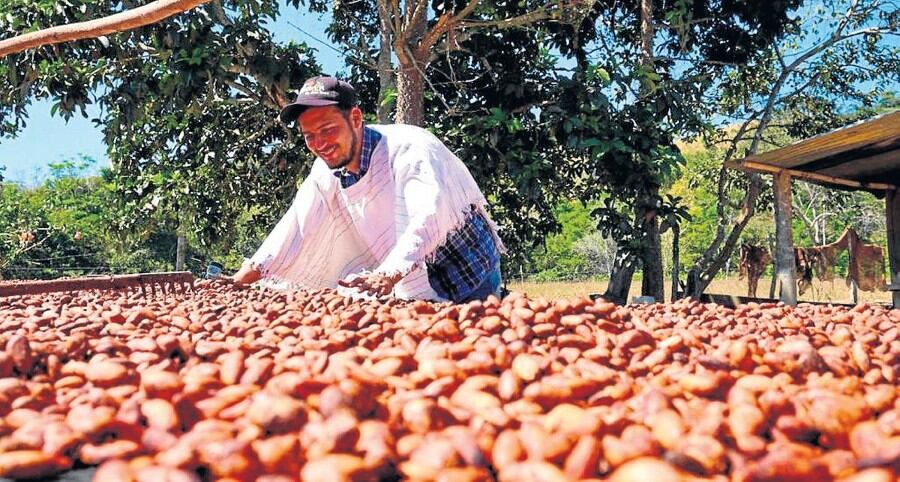In an exclusive interview with Juan Fernando Valenzuela Arango, Director of Purchasing and Agricultural Development operations management at Colombia’s Compañía Nacional de Chocolates, he explains to ConfectioneryNews the importance of the classification for its B2B brand, Cordillera Chocolate.
He begins by clarifying that the company’s beans are sourced from the Criollo and Trinitarian beans in Colombia as well as Ecuador and Perú. “When tasting our chocolate, you will detect hints of aromas with special notes such as flowers, fruits, caramel, and walnuts bringing a unique flavour to Cordillera’s chocolate,” he says.
CN: What constitutes Cacao Fino de Aroma?
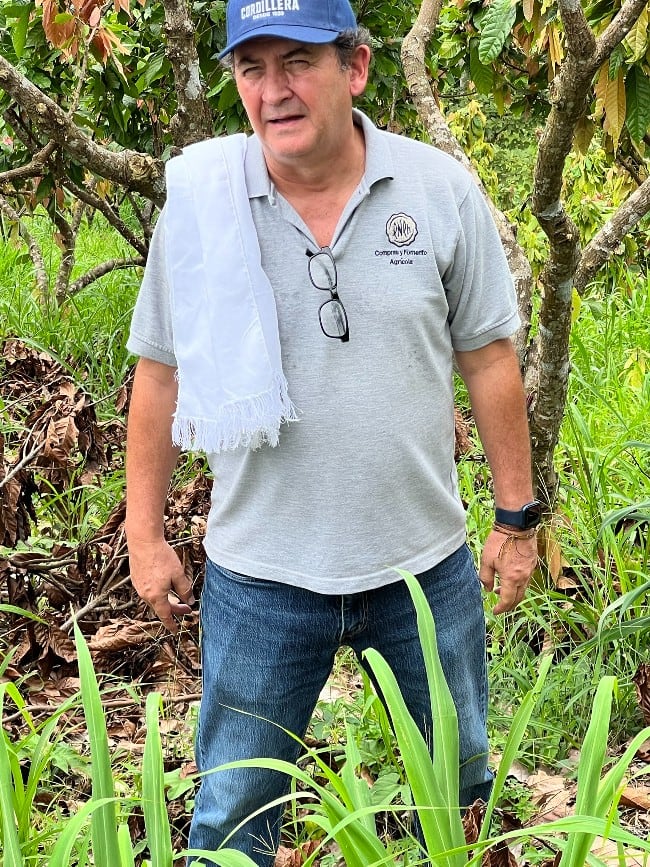
JFVA: Diverse factors can influence the classification of FFC (Fine Flavour Cocoa): The genetic origin of the planting material, the flavour and chemical characteristics of the cocoa beans, and other quality parameters like the degree of fermentations are among those factors. However, no objective criterion defines FFC (ICCO, 2019), despite research efforts conducted to answer this question (Amores et al., 2007).
Evidence that suggests the need for the above information can be found while looking at two different strategies that aim to advance the Colombian cocoa sector. Swisscontact, on the one hand, has considered the development of the Fine Flavour cocoa market as the cornerstone strategy for boosting the income of cacao farmers (Swisscontact, 2017). On the other hand, USAID, USDA, Purdue, and CIAT recommended “to move with caution when encouraging farmers to invest in varieties that meet the fine and flavor designation without markets in place to sell at higher prices” (Abbot et al., 2017, p. 115).
Therefore, a deeper understanding of the FFC market and its projected growth is needed. This information is essential for decision-making, in particular concerning country-level strategies seeking cocoa sector development.
CN: How important is the FCC accolade to the Colombian cocoa sector?
JFVA: The world cocoa market can be divided into two broad categories: Bulk Cocoa (BC) and Fine Flavour Cocoa/Cacao Fino de Aroma (FFC). The ICCO, through its Ad Hoc panel on fine flavour cocoa, determines which countries belong to each category. In 2023, the ICCO updated the list of the countries that are recognized as FFC producers. In total, 15 countries made the mentioned list; 12 of them, including Colombia, are countries located in Latin America and the Caribbean, in contrast with bulk cocoa that is produced mainly in Africa, with a few exceptions, such as in the case of Madagascar.
Under those circumstances, being recognised as an exporter of FFC becomes an important distinction that only a selected number of countries receive. For the Colombian cocoa sector, this recognition doesn´t only mean that, because of the quality characteristics of FFC, its price is usually higher than the bulk cocoa. The accolade is also relevant to the sector because it empowers farmers to keep producing some of the best cocoa beans in the world, as it has been recognised in several awards at the prestigious Salon du Chocolat in Paris, for example.
CN: How important is the recognition to Chocolate Cordillera / Compañia Nacional de Chocolates?
JFVA: The recognition of Colombian and Latin American cocoa as one of the finest in the world is also a recognition of Cordillera Chocolate/ Compañia Nacional de Chocolates. Chocolate Cordillera is sustainable Latin American chocolate because, behind our chocolates, there is the effort and dreams of thousands of cocoa-growing families, who, with their wisdom, wake up every morning to take care and harvest millions of cocoa trees that produce FFC.
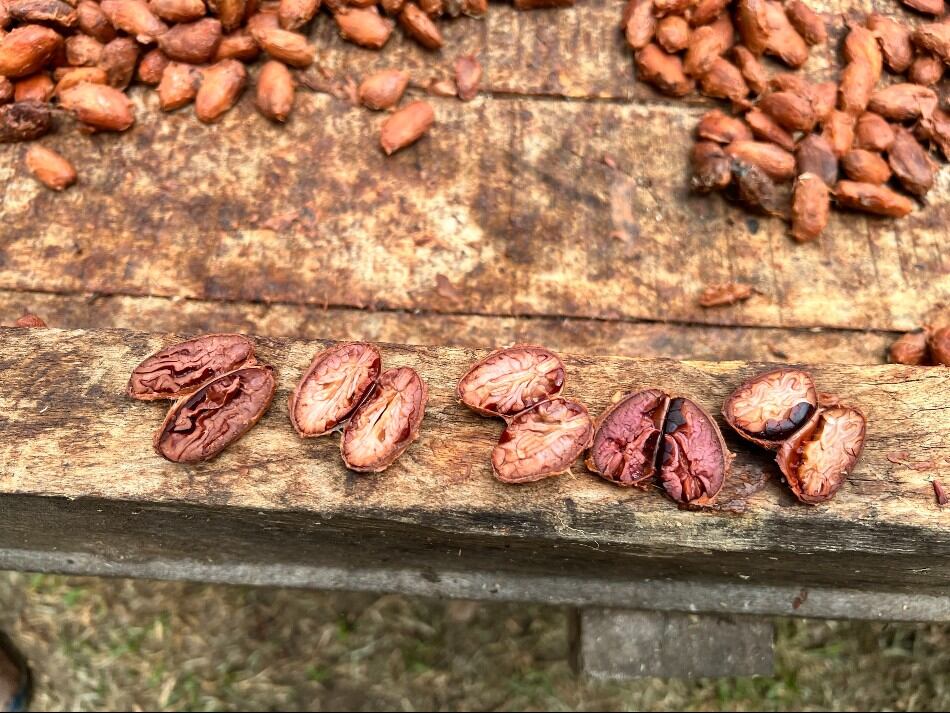
CN: What percentage of Compañia Nacional de Chocolates’ cocoa is classed as FCC?
JFVA: Around 80%, according to the ICCO, despite the previous comments about the challenges of such classification.
CN: Why should consumers pay more for Cacao Fino de Aroma instead of cheaper chocolate?
JFVA: There are three main reasons that explain why consumers should pay more for FFC. In the first place, because FFC is, as I just described, rarer than bulk cocoa. Second, because of its outstanding quality characteristics when compared with the non-FFC one. And last, because the varieties that produce FFC tend to be less productive, which means that farmers need higher prices to compensate for the production gap. I´ll go further on this last point with a concrete example.
In the cocoa sector, the selection of the varieties is a strategic decision-making process that responds to a particular development strategy. Plant breeders face a challenge related to unfavourable associations among key traits. In other words, it is difficult to get a variety with excellent production and quality traits.
The cultivar CCN-51 perfectly evocates this debate. CCN-51 is an Ecuadorian cacao cultivar that is widely distributed in Latin America because it elevates production traits. However, the cocoa beans produced by this cultivar are not considered as FFC by the ICCO. In fact, the 2016 decision of the ICCO to reduce the percentage of Peruvian FFC from 90% to 75% is explained, in part, because “The Panel acknowledged that most of the expansion of cocoa plantations in Peru was done using CCN-51 cocoa trees, which are not considered fine or flavour” (ICCO, 2017, p. 9).
Despite this previous challenge, we at Chocolate Cordillera / Compañia Nacional de Chocolates, are offering farmers new varieties that combine both elevated productivities and outstanding flavor attributes. After almost 20 years of research, we became the first private company in Colombia that registered two new cacao varieties (CNCH12 and CNCH13).
CN: Is demand for high-quality chocolate increasing?
The ICCO said recent increasing demand for high-quality chocolate has given the fine flavour cocoa market a new lease of life, and fine flavour cocoa has a direct positive impact on the sustainability of the farming cocoa sector through significantly higher farmgate prices paid to the producer, which is another good reason to choose FCC chocolate.
The attraction of South American cocoa from a buyer’s perspective
Sophie Jewett, Managing Director of York Cocoa House in the UK, sources most of her cocoa from South America, particularly Colombia.
She said: "The complexities of fine and aromatic cacao offer some fantastic and fascinating flavour profiles to explore and play within the chocolate-making process.
“Sharing these characteristics with our customers it has been exciting to see how enthusiastic the public have been to understand and connect with the diversity of cacao and chocolate. We can explore new tasting and pairing experiences sharing more about the terroir and genetic influences that play a role in the flavour profile and chocolate we make."

